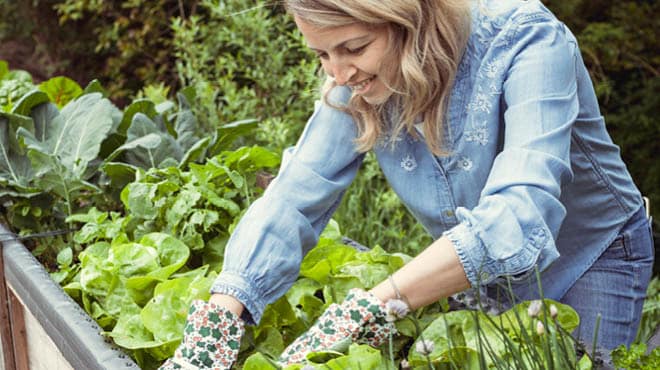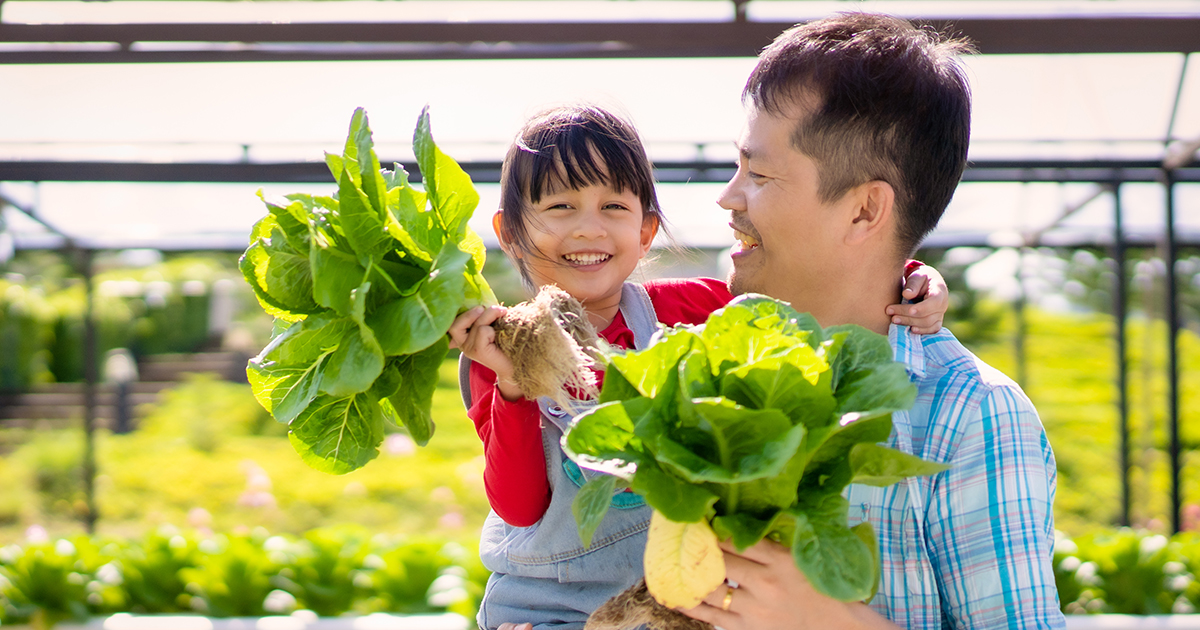A Comprehensive Overview to Beginning Newbie Gardening in Tiny Rooms
Wiki Article
From Seed to Harvest: a Beginner's Trip Into Gardening
From Seed to Harvest: A Novice's Trip Into Horticulture supplies a helpful and thorough guide for those brand-new to the globe of horticulture. This book takes visitors through the entire procedure, starting from selecting the ideal seeds and preparing the dirt, to supporting the growing plants and eventually collecting and taking pleasure in the domestic produce.Choosing the Right Seeds
When starting the trip of horticulture, selecting the suitable seeds is an essential step for newbies to ensure successful growing. newbie gardening. The choice of seeds can significantly influence the total outcome of a yard, as various varieties have differing growth behaviors, illness resistance, and versatility to certain environmentsTo begin, it is vital to consider the particular goals and preferences of the garden enthusiast. Are you interested in growing blossoms, vegetables, or natural herbs?
Moreover, it is vital to research and choose seeds that appropriate for the regional climate and growing conditions. Some plants prosper in complete sun, while others like color or a details kind of soil. By selecting seeds that are inherently adapted to the atmosphere, novices can save themselves from prospective disappointment and stress.

Preparing the Soil for Growing
After selecting the right seeds for your yard, the following important action in the beginner's trip right into gardening is preparing the dirt for planting. Appropriate dirt preparation is crucial for offering a fertile and healthy and balanced environment for your plants to grow and expand.The initial step in preparing the dirt is to get rid of any type of weeds, rocks, or debris that may impede the growth of your plants. This can be done by hand or with the aid of gardening devices such as a trowel or a yard fork. When the location is clear, it is essential to loosen up the dirt by tilling or turning it over. This not only assists to damage up any type of compressed soil however additionally improves aeration and drain.
Adding natural issue to the dirt is another important step in dirt prep work. Raw material, such as compost or well-rotted manure, enhances the dirt with necessary nutrients and improves its framework. It also aids to keep dampness, which is essential for plant growth. Spread out a layer of organic matter over the tilled soil and blend it in thoroughly.
Last but not least, it is necessary to examine the pH degree of the soil (newbie gardening). A lot of plants prefer a slightly acidic to neutral pH array. Amendments can be added to adjust the pH level appropriately. if the dirt is too acidic or alkaline.
Sowing and Taking Care Of Seedlings
To make sure the effective development of your plants, appropriate sowing and cautious nurturing of seed startings is important, developing upon the dirt prep work discussed in the previous subtopic. Sowing plants is an important action in the horticulture procedure, as it establishes the structure for healthy and balanced and solid plants. When sowing, it is very important to comply with the instructions on the seed packets concerning planting depth and spacing. This will certainly ensure that the seedlings have enough space to expand and create effectively.
Along with light, plants need consistent moisture to grow. Water the seedlings frequently, maintaining the soil evenly moist yet not soaked. Overwatering can lead to root rot, while underwatering can cause the seedlings to die and perish.
To further sustain the growth of seedlings, give them with a gentle breeze. This can be attained by utilizing a small follower on a low setup. The wind helps reinforce the stems of the plants, making them a lot more durable to wind and other ecological aspects.
Nurturing Your Expanding Plants
- As soon as your plants have germinated and begun to grow, it is important to provide proper treatment and focus to nurture their ongoing development. This includes giving sufficient water, sunshine, and nutrients, as well as protecting them from diseases and bugs.
Watering your expanding plants is important to their pop over to this site survival. Water your plants regularly, especially during dry and warm durations, and make certain to water them at the base to prevent moistening the vegetation, which can welcome fungal diseases.
Sunlight is an additional important element for the healthy growth of your plants. Guarantee that page your plants are placed in a location that gets adequate sunshine, and if you're growing them inside your home, take into consideration making use of expand lights to supplement all-natural light.
4. Offering your plants with the right nutrients is vital for their growth. Utilize a balanced plant food or compost to enrich the soil, and adhere to the recommended application prices. Additionally, consider utilizing organic plant foods that are mild on plants and the setting.
- Protecting your plants from diseases and insects is critical to ensure their well-being. Regularly check your plants for signs of problem or illness, and take suitable procedures such as utilizing organic bug control techniques or getting rid of contaminated plants to stop the spread.
Harvesting and Enjoying Your Homegrown Generate
As soon as your plants have reached maturity, it's time to reap the benefits of your horticulture initiatives by harvesting and delighting in the fruits (or vegetables) of your labor. Collecting is a critical step in the horticulture process, as it allows you to appreciate the healthy and fresh produce that you have grown. Prior to you begin collecting, it is necessary to identify the ideal time for each and every plant. This can be identified by observing the plant's physical look, such as the shade, size, and texture of the fruit or vegetable. Additionally, you can describe the particular guidelines offered on seed packets or gardening resources.When it comes to harvesting, it is very important to deal with the fruit and vegetables with treatment to avoid damages. Utilize a sharp pair of yard shears or scissors to reduce the fruits or veggies from the plant. Be conscious not to pull or pull, as this can harm the plant and decrease future yield. It's additionally important to clean the fruit and vegetables thoroughly prior to intake to get rid of any dirt or particles.
When you have collected your homegrown fruit and vegetables, it's time to appreciate the fruits of your labor. Take a moment to value the difficult work and dedication that went right into your garden and relish in the tastes of your domestic harvest.
Final Thought

Some plants thrive in complete sunlight, while others choose color or a certain type of dirt.The very first step in preparing the dirt is to remove any kind of weeds, rocks, or debris that might impede the growth of your plants.To make certain the successful development of your plants, correct sowing and mindful nurturing of seed startings is vital, constructing upon the dirt preparation discussed in the previous subtopic. On a regular basis examine your plants for indicators of invasion or condition, and take suitable actions such as making use of organic bug control approaches or eliminating contaminated plants to stop the spread.
In conclusion, this novice's trip into gardening highlights the significance of selecting the best seeds, preparing the dirt, sowing and caring for seedlings, nurturing expanding plants, and lastly, collecting and delighting in the organic produce.
Report this wiki page